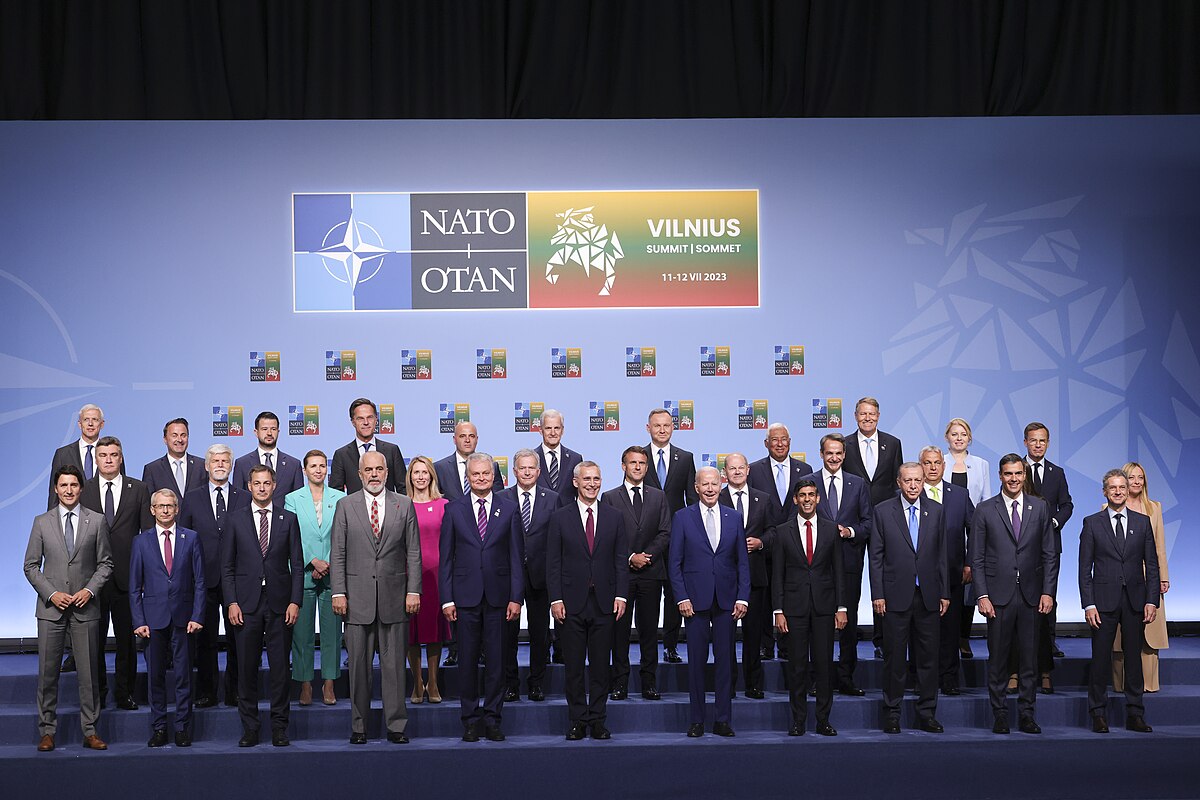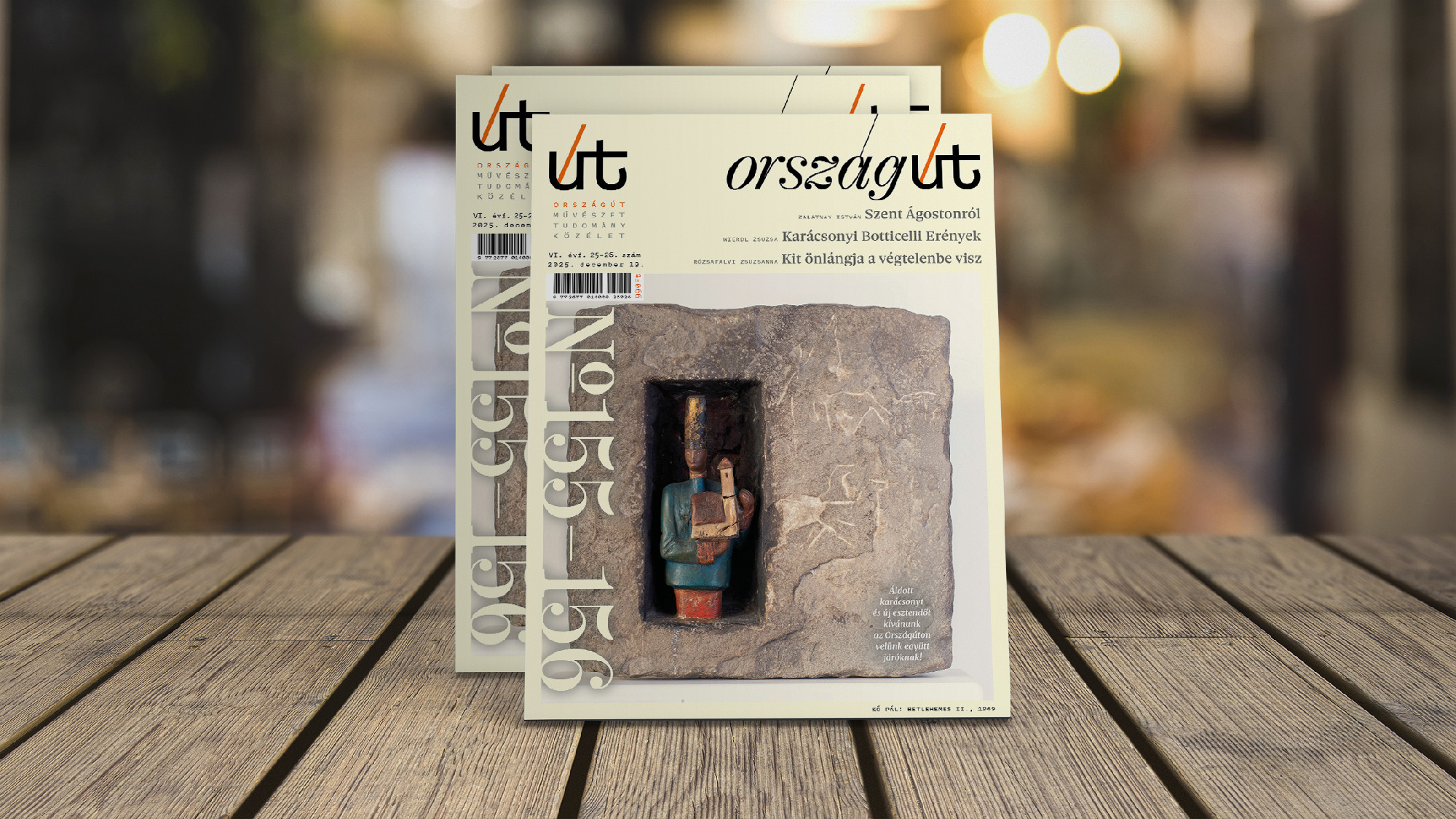NATO’s Eastward Enlargement
From a geopolitical perspective, one of the main beneficiaries of NATO’s eastward enlargement is the United States, since the more Europe is covered by a transatlantic alliance of values and interests, the more it is deemed stable by Washington who then can focus on other parts of the world. Hence the first NATO enlargement after the Cold War served the purpose of realizing a Europe “whole and free” and at peace. The end of the bipolar world brought a security vacuum in the wider region of Central and Eastern Europe marred by historical and ethnic grievances as violently demonstrated by the Balkans War. The first round of eastward NATO enlargement was advocated by a handful of US foreign and security policy experts who convinced the Clinton Administration to keep the issue of Polish, Czech and Hungarian NATO accession on the agenda. This was a tough challenge in diplomatic circles and on Capitol Hill alike as we know from the memoirs of the late Ronald D. Asmus. The idea of enlarging NATO after the end of the Soviet threat was controversial at first, especially to realists in academia and Congress who argued that such a move would come at the cost of good relations with Russia. After several debates in the Senate, the eastward enlargement won support with a caveat: prior to invitation of any country into the Alliance, the President has to submit a detailed report to Congress on that country’s expected contribution to NATO’s principles, its readiness in terms of membership criteria, the costs of its military integration into the Alliance, and the effects of its membership on US security interests.
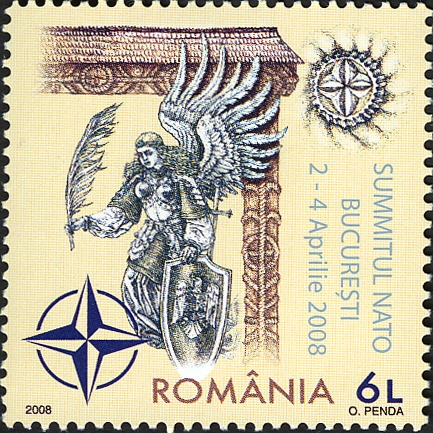
The second round of eastward NATO enlargement went more smoothly despite the fact that it included the Baltic states as former members of the USSR (albeit their Soviet occupation was never recognized by the US). President George W. Bush gave momentum to the so-called “political NATO” in 2001 after which some of the newest members of the Alliance (seven countries in 2004) were more of political, rather than military or strategic value as Andrew A. Michta pointed out. In fact, as time passed, the Asmusian rationale of SIBROD (“Small Is Beautiful, Robust Open Door”, that is keeping both high standards and an openness toward potential members) was eventually put aside by the Bush administration. Overall, the last three decades show that Washington’s approach and enthusiasm for NATO enlargement fluctuated: after the failed attempt to invite Ukraine and Georgia to the Alliance in 2008, the enlargement process slowed down, leading to three more rounds (2009, 2017 and 2020) and only four new members. Former Secretary of State Hillary R. Clinton’s remark that the 2012 Chicago Summit should be “the last summit that is not an enlargement summit” highlighted the enlargement fatigue (and frustration). It was renewed geopolitics that brought NATO enlargement back on the table, and it was Russia’s war against Ukraine that gave it an unprecedented drive as highlighted by the speedy Nordic accession (skipping the otherwise mandatory Membership Action Plan or MAP procedure) most recently.
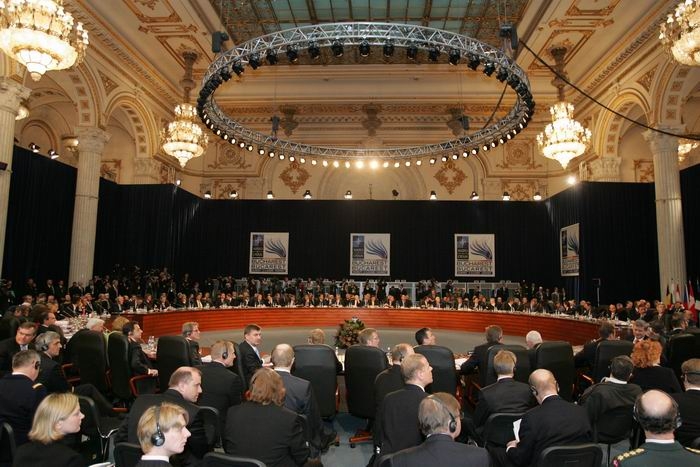
Current views from the Hill, to the Ivory Towers, to Foggy Bottom
By the Vilnius Summit, American views on NATO enlargement have changed accordingly. Although there are several members of Congress who are wary (or outright critical) of providing financial and military aid to Ukraine, most senators and house representatives support such efforts, while some on the Hill became quite vocal about Ukraine’s NATO accession. Specifically, US members of the Commission on Security and Cooperation in Europe (a.k.a. the Helsinki Commission) wrote an open letter to President Biden this June, asking him to make sure that “Ukraine receives a concrete and achievable pathway to NATO membership” which “alongside robust security commitments until accession occurs, is the minimum outcome we should expect from the meeting in Vilnius.” However, Senator Thom Tillis, Co-Chairman of the Senate NATO Observer Group reminded that “there’s a lot of work to do to figure out what the right path is for Ukraine to go to NATO” and while he and his colleagues introduced a resolution confirming US priorities in Vilnius, the document did not address the issue of Ukraine’s NATO membership.
Meanwhile, the US foreign policy elite has shifted gears on NATO enlargement. According to a 2022 fall survey among university professors, think tank fellows and foreign policy professionals (altogether 1564 respondents), the majority of US foreign policy intellectuals was in favor of having new members in NATO, particularly Sweden and Austria, which enjoyed 88,8-93,5% and 76,9-76,2% support among faculty and policy experts respectively. Ukraine’s numbers were lower but were still reflecting a majority vote (53-55,4% support among faculty and policy experts respectively). On the one hand, the survey confirmed already known tendencies (like enlargement being less popular among realists than among liberals), on the other hand, it revealed how bold foreign policy intellectuals have become on the issue. Yet it also gave a reality-check on Ukraine: while the slight majority of respondents supported the country’s accession to the Alliance, they also deemed its likelihood relatively low (38-39,4% according to faculty and policy experts respectively).
Indeed, congressional and academic enthusiasm was not echoed by the Biden Administration. Representatives of the State Department made cautious remarks about Ukraine’s chances of receiving a formal invitation to NATO. In fact, US diplomacy highlighted not the end goal but the road leading there. US Ambassador to NATO Julianne Smith said in June that “a proper invitation is unlikely” but “there is an array of options” for a security package. Secretary of State Antony Blinken reminded already in April that while NATO’s door remains open, it is also important to focus on the “work that needs to be done to continue to bring Ukraine up to NATO standards and NATO interoperability.” These remarks from Foggy Bottom were confirmed by Joe Biden shortly before the Vilnius Summit, as the President clearly stated that there is no “unanimity in NATO about whether or not to bring Ukraine into the NATO family now, at this point, in the middle of the war.” Instead, he reminded that Ukraine is not ready to join the Alliance and highlighted the need for “a rational path […] for Ukraine to be able to qualify to get into NATO.”
Therefore, Washington wanted Vilnius to emphasize not the invitation of Kyiv itself but the military and political prerequisites of that invitation. That’s why the summit communiqué stated that “The Alliance will support Ukraine in making these [democratic and security sector] reforms on its path towards future membership. We will be in a position to extend an invitation to Ukraine to join the Alliance when Allies agree and conditions are met.” President Zelensky’s initial disappointment reflected the fact that none of this was linked to a concrete timeline. While President Biden acknowledged that this vague statement was probably frustrating for his Ukrainian counterpart, it was made this way on purpose and not just because of the lack of allied unanimity.
Vilnius: Doing the “Best” and Avoiding the “Worst”
In order to understand the rationale behind the summit communiqué’s vagueness on Ukraine’s path to joining NATO, we have to see the lessons learned from the 2008 NATO Bucharest Summit. Since at the time the invitation of Ukraine and Georgia did not have unanimous support but was pushed by Washington regardless, Allies reached a compromise of issuing an invitation of sorts by stating that “these countries will become members of NATO.” While based on good intentions, there was a problem with this statement, since in political terms it may have opened the door to Kyiv and Tbilisi but in strategic terms it closed the window for them to properly prepare. While American diplomats believed that they had done the best they could for the Ukrainians and the Georgians, the latter had to remind them that it was actually the worst they could, as neither aspirant received the official status of an invitee but both were put in Russian crosshairs.
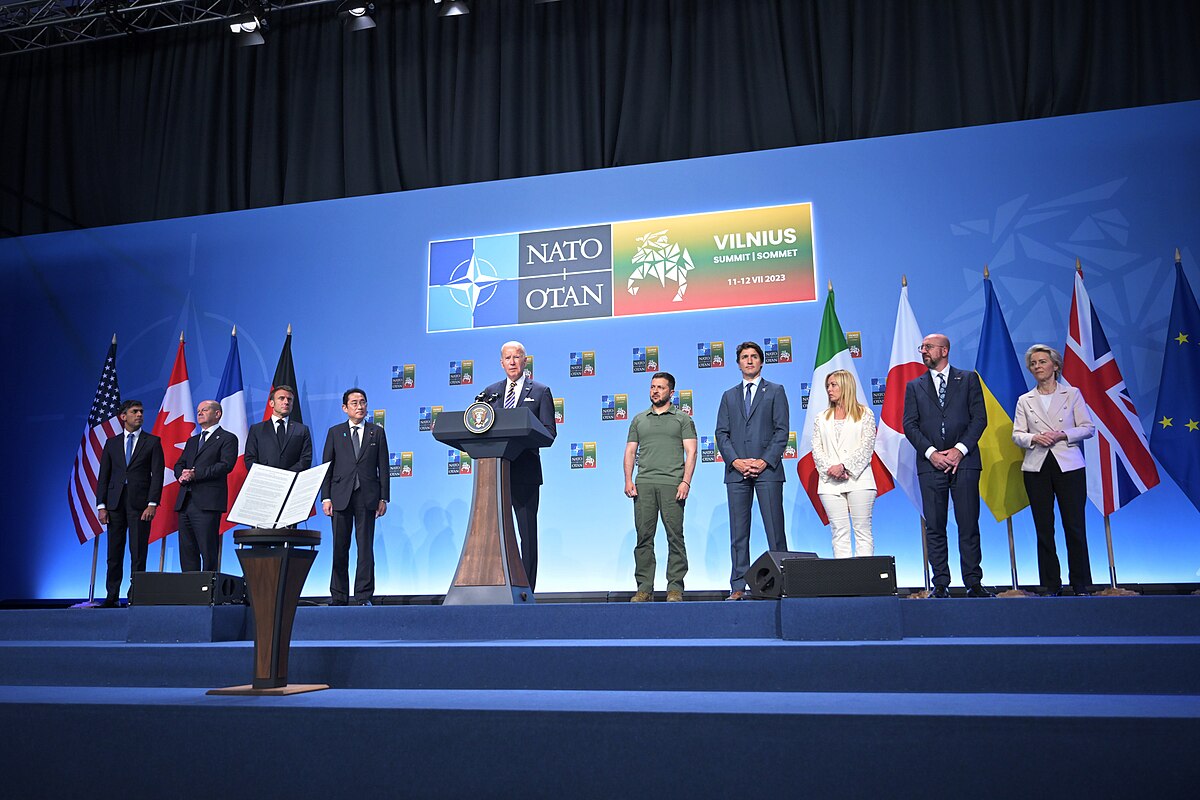
Accordingly, the “Bucharest Syndrome” (if we can call it that) is not just about making an unrealistic promise but also about unwillingly revealing intentions and capabilities for others to exploit. That is why it was clear from the beginning that even regardless of the ongoing war in Ukraine, the United States and its allies would have to make a well-balanced statement on the country’s prospects for NATO membership: one that is inexplicit enough to give room of maneuver for the Alliance but one that also has a concrete prize to offer. Washington’s emphasis on the path to Ukraine meeting NATO requirements served this balance act. Moreover, the Vilnius Summit communiqué was just one part of this effort. The other part came through the G7 joint declaration which was essentially a deal between the most wealthy nations and Ukraine. On the one hand, the G7 countries pledged to provide long-term security support to Kyiv on bilateral bases, encompassing the spheres of military (through the provision of modern military equipment, the cooperation in training and intelligence, and the development of the Ukrainian defense industrial base), economy (through efforts aimed at reconstruction and energy security), and governance (through technical and financial support of Ukrainian reforms). On the other hand, Ukraine is expected to carry out the necessary political and security reforms and maintain transparency throughout the entire process.

The vilnius meeting room
In other words, the G7 joint declaration revealed an outsourced and simplified version of an MAP procedure tailored for Ukraine which in its original NATO version was set aside. In fact, NATO Secretary-General Jens Stoltenberg did not only say that “Allies reaffirmed that Ukraine will become a member of NATO, and agreed to remove the requirement for a Membership Action Plan” but added that “this will change Ukraine’s membership path from a two-step process to a one-step process.” The fact that there is no official MAP procedure but there is a “one-step process” reflects President Biden’s statement on the possibility of accelerating Ukraine’s path to NATO membership: before the Vilnius Summit, the President had emphasized that Ukraine has to “meet the same standards. So I'm not going to make it easier” but afterwards he noted that “we’re not waiting on that process to be finished.” Similarly, National Security Council senior director for Europe Amanda Sloat said after the summit that the US efforts are aimed “to advance the reform agenda to support the good governance necessary to advance Ukraine’s Euro-Atlantic aspirations,” adding that the G7 declaration “will send a significant signal to Russia that time is not on its side.” The American emphasis on the time factor is important because even though it is not concrete, it is also born out of the lessons learned from Bucharest: this time the West will not hand over the initiative to Russia but goes ahead with Ukraine’s NATO integration albeit based on bilateral agreements. This may be unprecedented in form but it is likely to produce familiar chapters and scenes in terms of content.
The author is a fellow at the Institute for American Studies at the University of Public Service, Budapest
Opening picture: Family photo at the Vilnius NATO Summit

